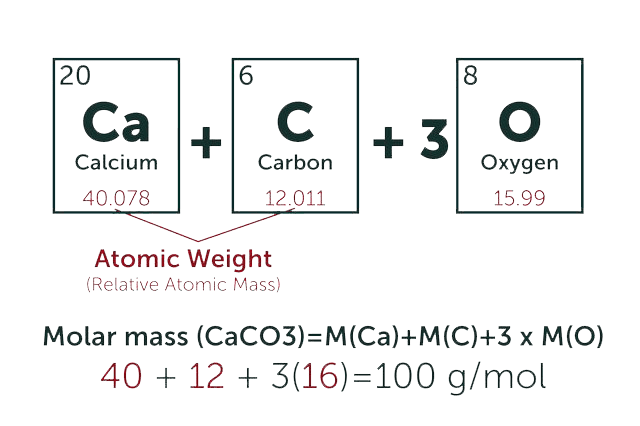Paromomycin II
* Please be kindly noted products are not for therapeutic use. We do not sell to patients.
| Category | Antibiotics |
| Catalog number | BBF-02368 |
| CAS | 51795-47-2 |
| Molecular Weight | 615.63 |
| Molecular Formula | C23H45N5O14 |
| Purity | ≥95% |
Online Inquiry
Description
It is produced by the strain of Str. rimosus forma paromomycinus NRRL 2455. It's an aminoglycoside antibiotic. It has activity against gram-positive, negative bacteria, mycobacterium and protozoa. It has good curative effect for amebic dysentery and a few bacillary dysentery.
Specification
| Synonyms | Zygomycin A2; Neomycin F; Aminosidin II; Aminosidine II; Streptamine, O-2-amino-2-deoxy-alpha-D-glucopyranosyl-(1-4)-O-(O-2,6-diamino-2,6-dideoxy-alpha-D-glucopyranosyl-(1-3)-beta-D-ribofuranosyl-(1-5))-2-deoxy-; 4-O-(2-Amino-2-deoxy-α-D-glucopyranosyl)-5-O-[3-O-(2,6-diamino-2,6-dideoxy-α-D-glucopyranosyl)-β-D-ribofuranosyl]-2-deoxy-D-streptamine; Framycetin EP Impurity F |
| IUPAC Name | (2R,3S,4R,5R,6R)-5-amino-2-(aminomethyl)-6-[(2R,3S,4R,5S)-5-[(1R,2R,3S,5R,6S)-3,5-diamino-2-[(2S,3R,4R,5S,6R)-3-amino-4,5-dihydroxy-6-(hydroxymethyl)oxan-2-yl]oxy-6-hydroxycyclohexyl]oxy-4-hydroxy-2-(hydroxymethyl)oxolan-3-yl]oxyoxane-3,4-diol |
| Canonical SMILES | C1C(C(C(C(C1N)OC2C(C(C(C(O2)CO)O)O)N)OC3C(C(C(O3)CO)OC4C(C(C(C(O4)CN)O)O)N)O)O)N |
| InChI | InChI=1S/C23H45N5O14/c24-2-7-13(32)15(34)10(27)21(37-7)41-19-9(4-30)39-23(17(19)36)42-20-12(31)5(25)1-6(26)18(20)40-22-11(28)16(35)14(33)8(3-29)38-22/h5-23,29-36H,1-4,24-28H2/t5-,6+,7-,8-,9-,10-,11-,12+,13-,14-,15-,16-,17-,18-,19-,20-,21-,22-,23+/m1/s1 |
| InChI Key | UOZODPSAJZTQNH-VZXHOKRSSA-N |
Properties
| Appearance | Amorphous Powder |
| Antibiotic Activity Spectrum | Gram-positive bacteria; Gram-negative bacteria; Mycobacteria; Parasites |
| Boiling Point | 939.8±65.0°C (Predicted) |
| Density | 1.64 g/cm3 |
| Solubility | Soluble in Water |
Reference Reading
Recommended Products
| BBF-05827 | Spliceostatin A | Inquiry |
| BBF-00664 | Alternariol | Inquiry |
| BBF-03428 | Tubermycin B | Inquiry |
| BBF-01851 | Fumagillin | Inquiry |
| BBF-00968 | Homoalanosine | Inquiry |
| BBF-05817 | Astaxanthin | Inquiry |
Bio Calculators
* Our calculator is based on the following equation:
Concentration (start) x Volume (start) = Concentration (final) x Volume (final)
It is commonly abbreviated as: C1V1 = C2V2

